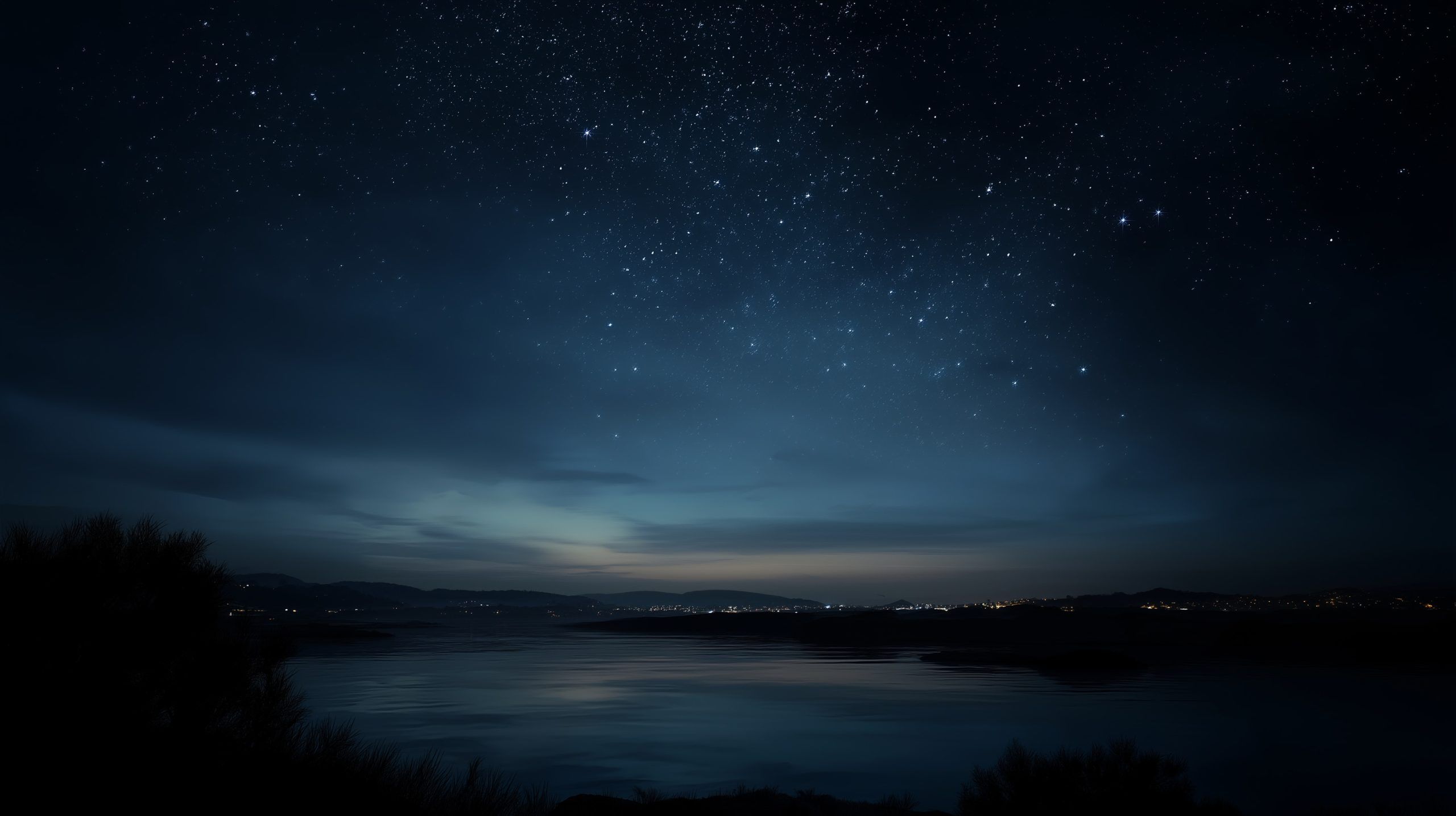November 2025 is packed with sky shows: the year’s largest supermoon, a dark‑sky Leonids peak, a potential Taurid “swarm” of bright fireballs, Uranus glowing at opposition, plus photogenic Moon pairings and two star occultations. All dates below are given in UTC; convert to your local time.
Key dates at a glance
- Nov 5 – Super Beaver (and Hunter’s) Moon at 13:19 UTC; perigee the same day (largest full Moon of 2025). [1]
- Nov 4–5 – Southern Taurids peak (fireball‑prone “swarm” year; bright Moon). Nov 11–12 – Northern Taurids peak. [2]
- Nov 17 – Leonids peak near New Moon; best after midnight. [3]
- Nov 20 – New Moon at 06:47 UTC (also a “micro” new moon at apogee). [4]
- Nov 21 – Uranus at opposition (visible all night; binocular/telescope target). [5]
- Nov 21 – Alpha Monocerotids (normally faint; no outburst expected). [6]
- Nov 28 – November Orionids (minor shower; evening Moon sets before prime hours). [7]
- Photogenic pairings/occultations: Moon–Pleiades (Nov 6), Moon–Jupiter (Nov 10), Moon occults Elnath (parts of S. America/Africa, Nov 8) and Regulus (parts of Russia/Greenland, Nov 12–13), Moon–Saturn (Nov 29). [8]
The month’s headliner: the year’s biggest supermoon (Nov 5)
November’s full Moon reaches peak phase at 13:19 UTC on Nov 5, the same day it reaches perigee, making this the closest (largest and brightest) full Moon of 2025. Many outlets are calling it the year’s biggest supermoon; expect it to look ~8% larger and ~15–16% brighter than an average full Moon. It’s popularly the Beaver Moon; because the Harvest Moon fell in October this year, November’s full Moon is also the Hunter’s Moon. Best views come at moonrise/moonset when foregrounds give scale (that “Moon illusion” is psychological, not optical). [9]
Tip: You don’t need special gear—just frame the rising Moon with landmarks and keep exposure short (around 1/125–1/250s on phones/cameras) to preserve detail.
Meteor‑watcher’s calendar
Taurids: slow meteors, big fireballs (Nov 4–12)
Both Taurid branches are active, and 2025 is another “Taurid swarm” year—years when larger, brighter meteoroids near a 7:2 resonance with Jupiter can spike fireball counts in early November. Peaks cluster around Nov 5 (Southern Taurids) and Nov 11–12 (Northern Taurids). Note, however, that the Southern Taurid peak coincides with the full Moon, which will wash out fainter meteors; Northern Taurids benefit from darker skies later in the week. Expected ZHRs are low (≈5/h), but what the Taurids lack in numbers they make up for in bright, slow streaks. [10]
How to watch: Go late evening through midnight. Look ~40° away from the radiant for longer trails; be patient—Taurids are about quality, not quantity. [11]
Leonids: fast and crisp under dark skies (Nov 17)
The Leonids—famous for historic storms, though none is expected this year—peak around Nov 17 with a typical ZHR ~15. The waning crescent Moon rises late, so prime hours after midnight are nicely dark. In 2025, modelers place the broad maximum around 18:00 UTC on the 17th (check a world time converter). Expect swift, fine meteors radiating from Leo near the Sickle asterism. [12]
Alpha Monocerotids: the wild card (Nov 21)
Normally a faint trickle, the Alpha Monocerotids have produced brief, spectacular outbursts in rare years (e.g., 1995). For 2025, no special outburst is predicted; with New Moon just one day prior, conditions are dark if you want to try your luck. Peak timing falls Nov 21 (evening UTC; vary by location). [13]
November Orionids: a minor encore (Nov 28)
The November Orionids are a genuine low‑key shower (ZHR ≈3). This year the first‑quarter Moon sets before midnight, so the early‑morning hours of Nov 28 are best. Manage expectations—and enjoy Orion glowing high with the Pleiades nearby. [14]
Planets: Uranus at opposition, Jupiter bright, Saturn steady
- Uranus at opposition (Nov 21): Visible all night and at its brightest for the year in Taurus. At magnitude ~5.6, it’s a challenge for dark‑sky naked‑eye viewing but easy in binoculars as a tiny blue‑green disk (~3.8 arcseconds) in small telescopes. A near‑new Moon that week makes for ideal conditions. [15]
- Jupiter: Dazzling in the evening sky and enters retrograde on Nov 11; watch the Moon–Jupiter pairing on Nov 10 for a striking naked‑eye scene. [16]
- Saturn: Well placed after dusk in Aquarius; Moon–Saturn closes the month on Nov 29. Saturn’s 2025 retrograde ends Nov 28. [17]
- Mercury & Mars: Mercury enjoys a brief evening stint early month (highest on Nov 2, dichotomy Nov 4). It meets Mars in a conjunction on Nov 12 very low in bright twilight—tough from mid‑northern latitudes. Mercury then zips to inferior conjunction on Nov 20. [18]
Moon phases & photogenic pairings
- Full (Super) Moon:Nov 5, 13:19 UTC. New Moon:Nov 20, 06:47 UTC (and at apogee—often dubbed a “micro” new moon). First Quarter:Nov 28. [19]
- Moon near the Pleiades (M45):Nov 6—a beautiful wide‑field binocular target. [20]
- Lunar occultations: The Moon occults Elnath (β Tauri) for parts of South America & Africa on Nov 8, and Regulus (α Leonis) for parts of Russia/Greenland/eastern Greenland/Svalbard region overnight Nov 12–13. Outside those paths, many will still see a very close pass. [21]
Why this month is special for meteor fans
Two factors line up in observers’ favor:
- Dark skies: The Leonids come days before New Moon, and Alpha Monocerotids fall just after. That minimizes moonlight during prime post‑midnight hours. [22]
- Taurid “swarm” potential: The IMO notes 2025 as another Taurid swarm year, with enhanced odds of bright fireballs in early November—even if overall rates are low. [23]
How to see and photograph November’s highlights
- Pick your timing: Meteor showers favor after midnight to dawn as your side of Earth faces the incoming stream. The supermoon is most dramatic near moonrise/moonset. [24]
- Find darkness: Get away from city lights; give your eyes 20–30 minutes to adapt (avoid white‑light screens).
- Look ~40° off the radiant for longer meteor trails rather than staring right at it. [25]
- Gear: Binoculars elevate Uranus, the Pleiades, and lunar details. Tripods help for phone photos of the Moon; try short exposures to keep lunar texture.
- Stay warm & patient: November nights are cold; plan for at least an hour outside for meteor watching.
Deep‑sky seasonal targets
With New Moon on Nov 20, it’s a perfect time to hunt northern autumn/winter showpieces: Pleiades (M45), Hyades, the Double Cluster, and, later at night, Orion Nebula (M42)—all stunning in binoculars. (Pleiades and Hyades are also flagged as well‑placed mid‑to‑late month.) [26]
Sources & further reading
- Moon phases & special Moon labels (Super/Micro): Timeanddate.com; Full Moon at 13:19 UTC Nov 5, New Moon 06:47 UTC Nov 20, with “Super Full Moon” and “Micro New Moon” notes. [27]
- Largest supermoon of 2025 coverage: Space.com and The Guardian provide day‑of viewing context and brightness/size comparisons. [28]
- Meteor shower science & forecasts:International Meteor Organization 2025 Calendar (Taurid swarm note; Leonids free of moonlight), American Meteor Society shower details and ZHRs, and EarthSky Leonids timing. [29]
- Monthly event list & planetary data: In‑The‑Sky.org (Uranus opposition specifics; Moon conjunctions & occultations; Mercury/Mars events; November Orionids). [30]
Final word
From the biggest supermoon of 2025 to a dark‑sky Leonids and Uranus at opposition, November offers something for every skywatcher—naked eye, binocular, or telescope. Mark the dates, mind the Moon, and enjoy crisp, long nights under the stars.
References
1. www.timeanddate.com, 2. www.imo.net, 3. earthsky.org, 4. www.timeanddate.com, 5. in-the-sky.org, 6. in-the-sky.org, 7. in-the-sky.org, 8. in-the-sky.org, 9. www.timeanddate.com, 10. www.imo.net, 11. www.amsmeteors.org, 12. earthsky.org, 13. www.imo.net, 14. in-the-sky.org, 15. in-the-sky.org, 16. in-the-sky.org, 17. in-the-sky.org, 18. in-the-sky.org, 19. www.timeanddate.com, 20. in-the-sky.org, 21. in-the-sky.org, 22. www.timeanddate.com, 23. www.imo.net, 24. earthsky.org, 25. in-the-sky.org, 26. in-the-sky.org, 27. www.timeanddate.com, 28. www.space.com, 29. www.imo.net, 30. in-the-sky.org










